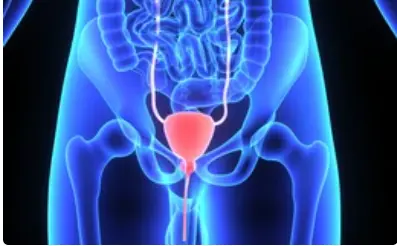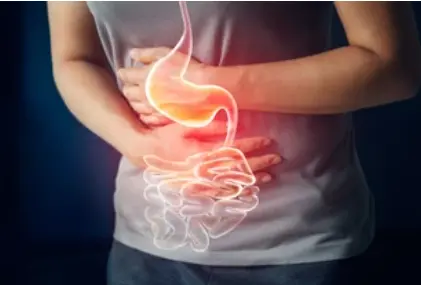 Welcome
Welcome
“May all be happy, may all be healed, may all be at peace and may no one ever suffer."
Prevention of rejection in organ and tissue transplantation - Generics
Organ and tissue transplantation is a life-saving treatment for many patients suffering from end-stage organ failure or tissue damage. However, the success of transplantation depends on the ability of the recipient's immune system to tolerate the transplanted organ or tissue without rejecting it. The immune system's response to the transplanted tissue is complex and involves a variety of cells, molecules, and pathways. Rejection can occur in the immediate post-transplant period or after several years of successful transplantation. Preventing rejection is critical to the long-term success of transplantation and requires a comprehensive approach.
Immunosuppression is the cornerstone of preventing rejection in organ and tissue transplantation. Immunosuppressive drugs work by suppressing the recipient's immune system, thereby reducing the likelihood of rejection. The most commonly used immunosuppressive drugs include calcineurin inhibitors (e.g., cyclosporine and tacrolimus), antimetabolites (e.g., mycophenolate mofetil and azathioprine), and corticosteroids (e.g., prednisone and methylprednisolone). These drugs are often used in combination to achieve maximum efficacy while minimizing side effects.
In addition to pharmacological immunosuppression, several other strategies can be used to prevent rejection in organ and tissue transplantation. One approach is to match the donor and recipient as closely as possible, reducing the likelihood of an immune response to the transplanted tissue. This is achieved through HLA typing, which identifies the major histocompatibility complex (MHC) antigens present on the donor and recipient cells. The closer the HLA match, the lower the risk of rejection.
Another approach is to induce immunological tolerance, whereby the recipient's immune system becomes tolerant to the transplanted tissue. This can be achieved through various methods, including chimerism, which involves transplanting bone marrow from the donor along with the organ, or through the use of regulatory T cells, which are a type of immune cell that can suppress the immune response.
Preventing infection is also critical in preventing rejection in organ and tissue transplantation. Transplant recipients are at increased risk of infections due to immunosuppression. Therefore, prophylactic antibiotics and antiviral agents may be prescribed to prevent infection. Additionally, screening for infections prior to transplantation is important to ensure that the donor organ or tissue is free of infectious agents.
Finally, careful monitoring of the recipient is critical to preventing rejection. Regular monitoring of blood levels of immunosuppressive drugs is necessary to ensure that the recipient is receiving the appropriate dose. Additionally, regular monitoring of the transplanted organ or tissue through imaging and other tests is important to detect any signs of rejection early.
In conclusion, preventing rejection in organ and tissue transplantation requires a comprehensive approach that includes pharmacological immunosuppression, donor-recipient matching, induction of immunological tolerance, prevention of infection, and careful monitoring of the recipient. Advances in immunosuppressive drugs, tissue typing, and immune tolerance induction techniques have improved the success rates of transplantation, making it a viable treatment option for many patients with end-stage organ failure or tissue damage.

Cold sores

Acute uncomplicated malar...

Urinary incontinence

Osteoarthritis (degenerat...

Skin ulcers and wounds

Cyanide poisoning

Respiratory tract infecti...

Dyspepsia
Prevention of rejection in organ and tissue transplantation, অঙ্গ এবং টিস্যু প্রতিস্থাপনে প্রত্যাখ্যান প্রতিরোধ
To be happy, beautiful, healthy, wealthy, hale and long-lived stay with DM3S.